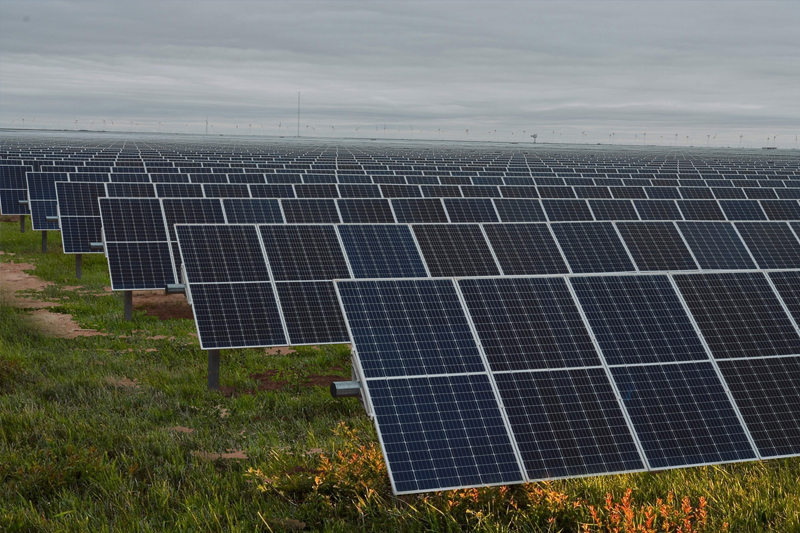#5. Ground Mounted Solar Panels
PNDK Energy Ground-mounted solar panels are photovoltaic (PV) systems installed on the ground rather than on rooftops or other structures. They offer an excellent alternative for those with unsuitable rooftops or who need large-scale solar power generation.

Key features and how they work
- Ground-mounted solar systems capture sunlight and convert it into DC electricity, which is then converted into AC electricity by inverters for use in homes or businesses, or to feed back into the electrical grid.
- The system typically consists of PV panels, a metal framework (mounting structure) to hold the panels at the correct angle, and a mounting system (e.g., concrete piers, driven posts, or screw-in piles) to anchor them to the ground.
- The system can be angled and oriented to maximize sunlight exposure, unlike rooftop systems that are limited by the roof's angle and orientation.
- They are designed for stability and durability, able to withstand strong winds and various weather conditions.
- Ground-mounted systems can be designed for various applications, including grid-connected, off-grid (with or without battery backup), and hybrid systems.
Advantages of ground-mounted solar panels
- Optimal energy production: Panels can be tilted and oriented precisely to maximize sunlight exposure, potentially resulting in higher energy production compared to rooftop systems.
- Easy maintenance: Being at ground level provides easy access for cleaning and maintenance, which can contribute to higher energy output and longer panel lifespan.
- Scalability: Ground-mounted systems can be easily expanded by adding more panels as energy needs increase.
- Land utilization: Businesses and industries can use otherwise unused land to generate clean energy, reducing electricity bills and their carbon footprint.
- Flexibility in placement: They can be installed in open spaces or flat land with minimal obstruction, allowing for various uses beneath them like gardening or recreational areas.
- No roof issues: Eliminates concerns about roof leaks or structural damage associated with rooftop installations.
Types of ground-mounted solar systems
- Fixed-tilt systems: These systems remain in a fixed position, typically angled to maximize year-round sunlight exposure. They are simple, durable, and require minimal maintenance.
- Tracking systems: These systems actively follow the sun's movement, increasing energy output by up to 30% compared to fixed-tilt systems. They can be single-axis (following east-west movement) or dual-axis (following both east-west and north-south movement).
- Bifacial solar panels: These advanced panels can absorb sunlight from both the front and back, potentially increasing energy production by 10-30% when installed over reflective surfaces.
Cost and considerations
- Ground-mounted solar systems generally have higher initial costs than rooftop systems due to the need for land preparation, mounting structures, and potentially larger systems.
- Factors influencing cost include land preparation (clearing and leveling), type of panels and equipment, installation labor, and ongoing maintenance.
- The average cost for a ground-mounted system in India ranges from ₹45,000 to ₹70,000 per kW.
- A 1 MW (megawatt) ground-mounted solar plant typically requires 4-5 acres of land.
- Financing options include CAPEX (upfront investment) or OPEX/PPA (paying for the electricity used, with the solar company handling installation and maintenance).
- Choosing the right ground-mounted solar system involves evaluating land availability, energy needs, budget, local weather conditions, and potential shading from nearby obstructions.
- It's recommended to consult with experienced solar installers to conduct a site assessment and design a system that maximizes efficiency and aligns with your needs.